Looking back, looking forward, preserving A.E. Douglass materials for the future
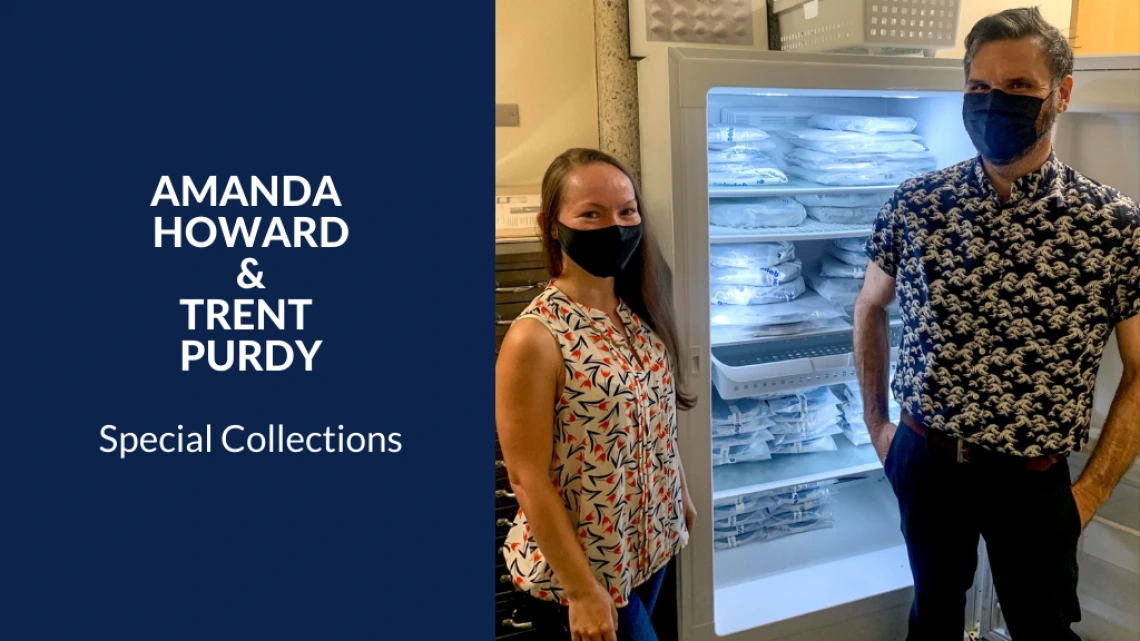
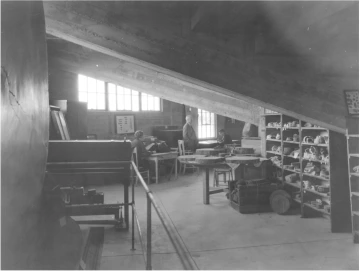
Enjoy the last story in a four-part series about the Andrew Ellicott Douglass films digitization project funded by the Council on Library and Information Resources (CLIR) Recordings at Risk grant.
Douglass, a University of Arizona professor, was the founder of the Laboratory of Tree-Ring Research (LTRR).
Multimedia and Digital Collections Archivist Trent Purdy and Archival Assistant Amanda Howard, the grant's co-principal investigators and members of our Special Collections department, share what this project means to them.
Trent: Our first grant, but not the last
Completing this project has been very rewarding for me both on a personal and professional level.
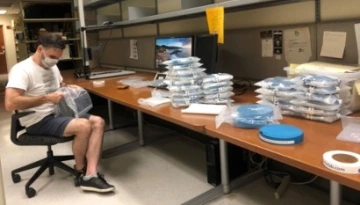
I remember looking through the boxes of films held in the Special Collections backlog with Amanda nearly four years ago. We talked about the importance of these films and how they needed to be digitized as some of them showed evidence of advanced decay. We also discussed how cool it would be to one day apply for a grant to secure funding for digitization.
Prior to this project, neither of us had written a grant proposal.
I am very proud of the hard work we dedicated to produce a successful application for the CLIR Recordings at Risk grant, which was developed specifically to support the preservation of rare and unique audiovisual materials of high scholarly value.
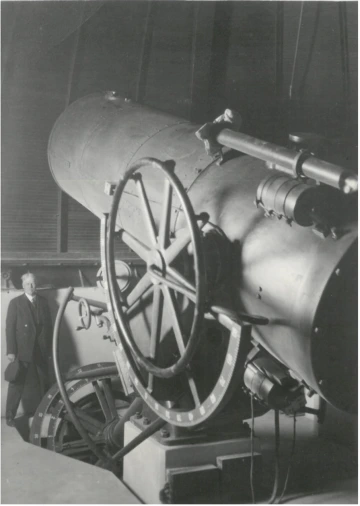
As archivists, we are very grateful to CLIR and other like-minded nonprofit funding organizations that understand the work we as archival professionals do to ensure the preservation of and access to unique primary source materials.
I am personally humbled to be part of the stewardship chain of these wonderfully fascinating films, a chain that started with Dr. Douglass when he loaded film into his camera at the various sites depicted in the films and began shooting.
Professionally, through this project I gained invaluable experience managing a grant project which laid the foundation for pursuing future grants to preserve other AV treasures in Special Collections.
Amanda: A life of continuous learning
A hidden chapter in this collection’s story is its long journey to preservation. It had no shortage of people interested in its stewardship.
The collection’s control files chart attempts starting in the mid-1990s by LTRR and others to describe it, make recommendations for its care, secure grant funds for selective preservation, finally culminating last year in our successful bid for the CLIR Recordings at Risk grant to preserve and digitize all of the films.
As an archivist, I’ve come to believe a little bit that collections have a destiny, choosing who they want to care for them. This project, in all its phases, has made me feel as though the films were waiting for us to come along to shepherd them--taking them from where they mouldered in LTRR’s former home in the Arizona Stadium for decades to safe harbor in the Special Collections frost-free freezer.
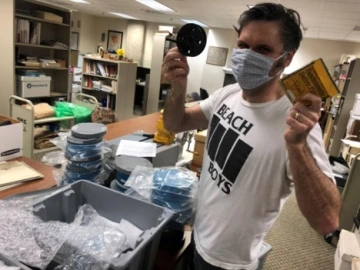
It’s also been a reminder that the life of archivists and librarians is a life of continuous learning. We have to become experts in the collections we process in order to do them justice. I’m still working toward my A.E. Douglass collection merit badge, but when I wrote the narrative for our grant, I had to compellingly demonstrate the films’ importance and urgency for preservation. In arguing for the ongoing legacy of Douglass’s work, I was communicating how tree rings--themselves an archive of the natural world--can tell us about the current climate crisis, or chronicle the ages of dwellings of those who first inhabited this land, or even how Douglass’s contributions to astronomy echo in the University of Arizona’s contributions to the Mars missions.
Finally, what has stayed with me while working with these films is watching the often unnamed people, many of them women, furthering Douglass’s work and proving that geniuses never achieve anything alone.
The moments of miraculous and mundane everyday life captured in passing by Douglass still stun me: brilliant Vermont autumn leaves of seventy years ago preserved in full color, places in Berlin and London long ago razed by war and indifference, and just how many men smoked pipes in the 1930s.
More information
Join us for a virtual panel discussion
Thursday, Oct 14, 4-5pm
Open to the public and free
Register
Special Collections presents a virtual panel discussion to celebrate the opening of the online collection, The Films of Andrew Ellicott Douglass: Astronomer, Archaeologist and Father of Tree-Ring Dating. Learn about preserving nearly 90 unique films from the 1930s and their importance to both the study of science on film and the scholarly fields in which Douglass was an innovator.
Read more about the grant project
Digitizing scientific study films uncovers innovations from the 1930s - Apr 28, 2021
Preserving films from the 1930s takes time - Sep 28, 2020
Special Collections awarded grant to digitize Andrew Ellicott Douglass films - May 8, 2020

This project is supported by a Recordings at Risk grant from the Council on Library and Information Resources (CLIR). CLIR is an independent, nonprofit organization that forges strategies to enhance research, teaching and learning environments in collaboration with libraries, cultural institutions, and communities of higher learning. The Recordings at Risk grant program supports the preservation of rare and unique audio, audiovisual and other time-based media of high scholarly value through digital reformatting.
